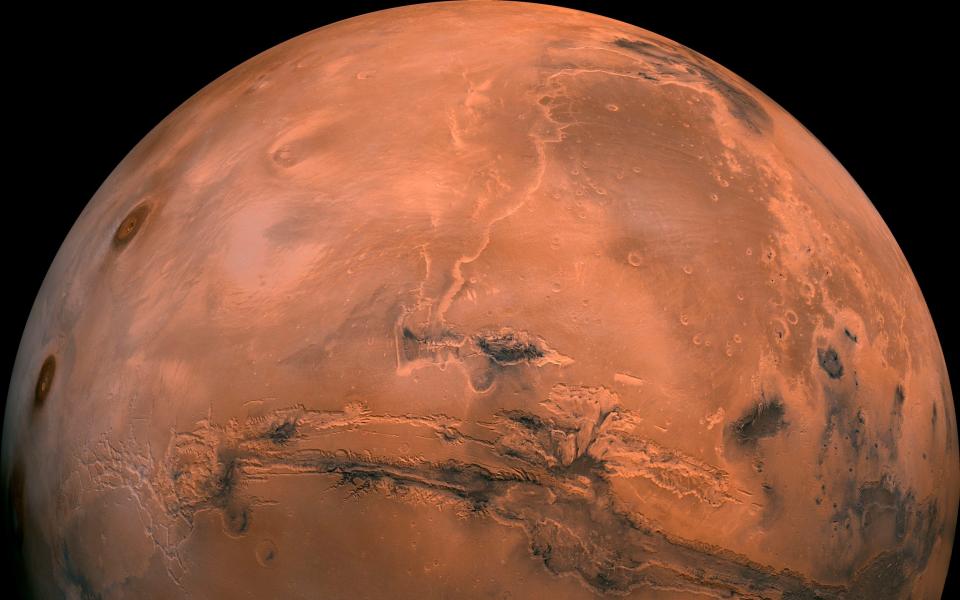Meteorite returned to the surface of Mars, 1,000 years after falling to Earth

A meteorite that was blasted from Mars and fell to Earth around 700 thousand years ago is now being returned back to Mars, in what has been described as the ‘most ambitious’ space campaign since Apollo.
The rock, known as Sayh al Uhamiyr 008 or SaU 008, was discovered in Oman in 1999 and has been under the care of the Natural History Museum since 2000.
The mission marks the first time in the museum's history that it will return one of its meteorite samples to space.
The first stage of the Mars Sample Return project will commence on July 30. The return is part of NASA’s long-term campaign of robotic exploration on Mars, the primary aim of which is to seek out signs of ancient life and collect rock samples for possible return to Earth.
In order to successfully carry out the mission, the team will send two meteorites - one of which is the SaU 008 - into space on a rover named Perseverance. It is estimated that the rover will land on Mars’ Jezero Crater in February 2021.
Jezero Crater is a region on Mars which has been highlighted as having been a potential habitable environment in the past.
Once on Mars, Perseverance will use a combined high-precision laser, camera and spectrometer - named SHERLOC - to illuminate rock features and decipher the composition of the sample.
The SaU 008 meteorite will be used as a testing material by SHERLOC to ensure accuracy and precision before the instrument goes on to investigate unknown samples.
It is hoped that the rover mission will be the first element of a joint NASA and European Space Agency campaign for a Mars sample return, meaning that the samples collected by Perseverance could one day return to Earth for further research.
The team also hopes that information gathered by Perseverance will be able to provide some insight into the possibility of future human life on Mars.

 Yahoo News
Yahoo News 